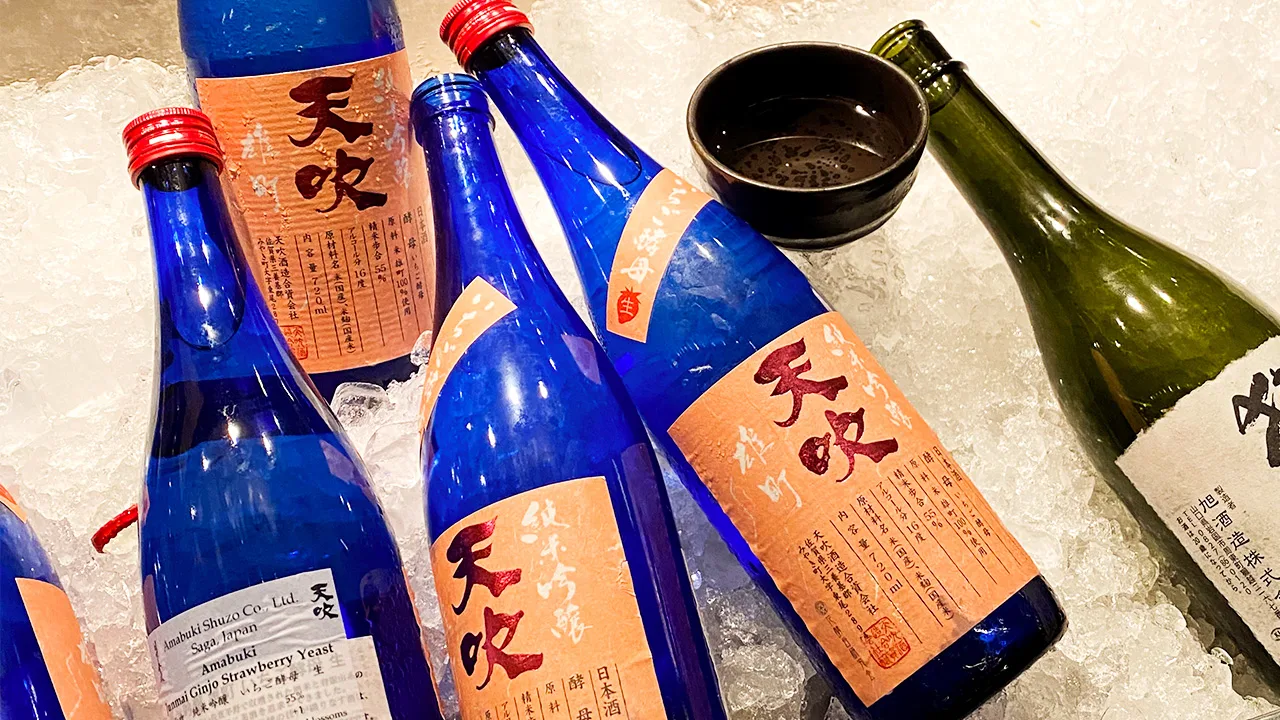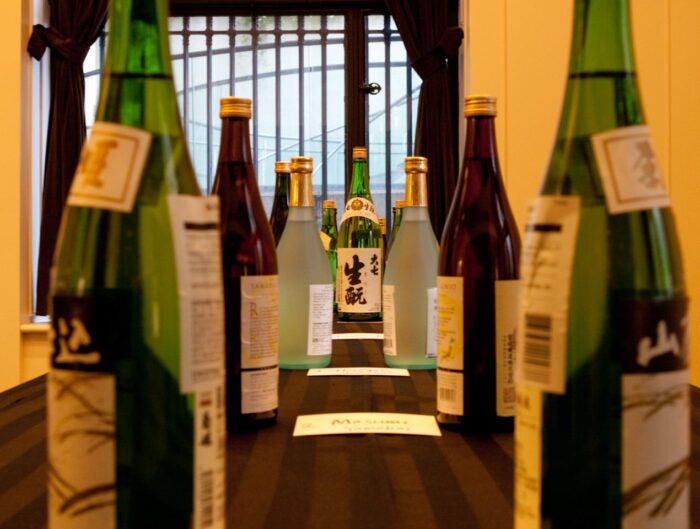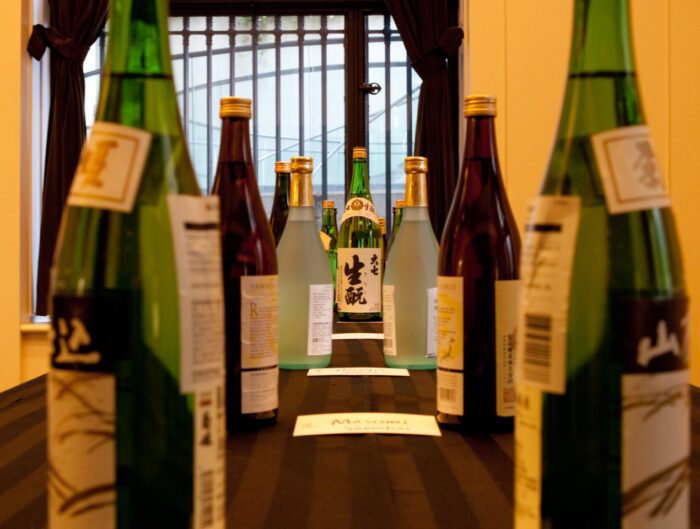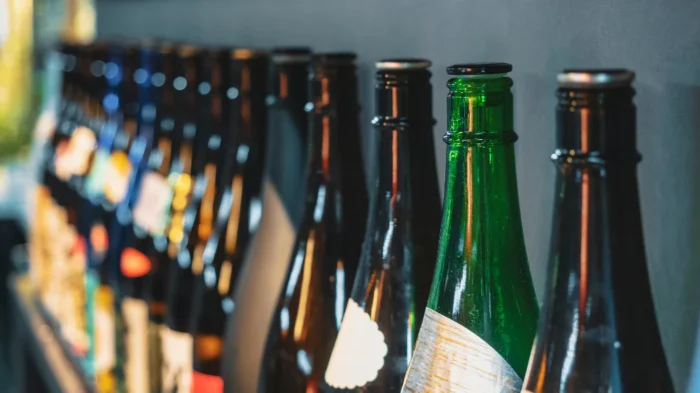
In the realm of culinary and beverage mastery, the role of a sommelier is paramount. But when we talk about a sake sommelier, we’re diving into a niche that’s both ancient and refreshingly modern. These experts don’t just understand the nuances of Japan’s iconic rice wine; they’re ambassadors of its rich history and evolving future.
As global palates become more adventurous, there’s a burgeoning interest in this traditional beverage. Sake sommeliers are not just wine connoisseurs; they’re cultural bridges, connecting diners to the heart of Japanese tradition.
Foundation of Sake Knowledge

Before one can truly appreciate the intricacies of nihonshu (another term for sake), it’s crucial to grasp its deep-seated roots. Originating from Japan, this beverage’s story is not just a tale of a drink but a narrative intertwined with Japan’s rich history, spanning from ancient Shinto rituals to the modern innovations that have kept it relevant in today’s global market. Understanding its meticulous production process is essential.
This begins with the careful selection of the perfect rice grain, followed by the intricate fermentation process, and culminates in the aging that gives sake its unique character. This knowledge isn’t merely academic or theoretical; it’s the solid bedrock upon which a successful sommelier constructs their expertise. By delving deep and appreciating the diverse varieties of this rice wine, ranging from the pure, unadulterated junmai to the refined elegance of daiginjo, one truly sets the stage for an enlightening journey into the world of sake mastery.
Formal Sake Education and Certification
While innate passion and interest are commendable starting points, formal education is the catalyst that propels an enthusiast from mere appreciation to genuine expertise. Across the globe, several esteemed institutions have recognized the growing interest in this field and now offer specialized courses dedicated to sake studies.
Renowned organizations, like the WSET sake course, stand out by providing certifications that are not only rigorous but also recognized worldwide. This ensures that a certified sommelier is equipped with both the knowledge and practical skills to adeptly guide others through the vast, intricate landscape of rice wines. However, these programs offer more than just textbook knowledge. They immerse students in the very essence of sake, allowing them to experience firsthand the culture, traditions, and ceremonies that have surrounded this beverage for centuries.
Developing Palate and Tasting Skills

The world of rice wine, with its myriad flavors and profiles, is vast and varied. To adeptly navigate this expansive terrain, a sommelier must continuously refine and hone their palate. This involves rigorous training, which includes practicing blind tastings to eliminate biases, pinpointing even the most subtle of aromas, and discerning the delicate balance of flavors in each sip, from the initial taste to the lingering aftertaste.
Mastering this art means being able to identify the distinct profile of different nihonshu varieties. Whether it’s the earthy, rich notes of a robust junmai or the light, fruity undertones of a premium ginjo, a sommelier’s role is to guide their audience. With each tasting session, the sommelier’s palate becomes more attuned and refined, allowing them to lead others on a sensory journey, unraveling the depths and nuances of Japan’s iconic beverage.
Sake and Food Pairing Mastery
A meal is transformed when paired with the perfect drink. Here, the sommelier shines, recommending pairings that elevate both the food and the rice wine. Understanding the balance of flavors—from the umami-richness of certain dishes to the sweet or acidic notes in others—is crucial. A sommelier’s recommendation can turn a meal into a symphony, with each sip of nihonshu enhancing the culinary experience.
Sourcing and Selecting Sake

The world of rice wine is vast, with breweries dotting Japan’s landscape, each offering unique flavors and profiles. A sommelier’s role involves curating a collection that caters to diverse preferences. This means understanding the significance of labels, regions, and even the specific rice grains used in production. By sourcing the best, a sommelier ensures that every glass poured is a testament to the art of sake-making. They must also consider seasonal variations, aging potential, and the vision of the brewmaster, ensuring a comprehensive selection.
Cultivating Sake Culture Awareness
Beyond the drink lies a rich tapestry of culture and tradition. For a sommelier, understanding the symbolism, rituals, and customs associated with nihonshu is paramount. This cultural appreciation doesn’t just enhance their expertise; it allows them to share stories and traditions with every pour, connecting diners to a world beyond the glass. By delving into historical texts, attending festivals, and engaging with artisans, sommeliers deepen their connection to this ancient beverage’s soul.
Mastering Sake Service

Service is an art. From selecting the perfect glassware to understanding the ideal temperature for each rice wine variety, a sommelier ensures that every sip is perfect. Their expertise elevates the dining experience, turning a simple meal into a memorable journey. Proper service also involves understanding the diner’s preferences, suggesting pairings, and presenting the bottle with respect, ensuring a holistic experience.
Staying Updated with Industry Trends
The world of nihonshu is ever-evolving. New brewing techniques, innovative flavors, and global trends constantly reshape the landscape. For a sommelier, staying updated is not just a requirement; it’s a passion. This means attending workshops, networking with industry peers, and always being on the lookout for the next big thing in the sake world. They must also read industry publications, visit breweries, and participate in tasting events to stay ahead.
Building Personal Sake Portfolio

Every sommelier has favorites. By curating a personal portfolio of beloved rice wine varieties, complete with tasting notes and pairing recommendations, they create a resource that’s both personal and professional. This portfolio is a testament to their journey, showcasing their expertise and passion. It’s a reflection of their personal taste, experiences, and the memories associated with each bottle, making it a unique treasure.
Effective Communication Skills
Knowledge is powerful, but the ability to share it is transformative. A sommelier must convey complex information in a manner that’s engaging and accessible. Whether discussing the nuances of a particular rice wine variety or explaining the history behind a traditional brewing technique, their words bridge the gap between expertise and understanding. They must also listen actively, respond empathetically, and tailor their communication to the audience’s level of familiarity.
Cultivating a Passion for Sake

The path to becoming a sake sommelier is one of dedication and love. It’s about immersing oneself in the world of nihonshu, from its ancient roots to its modern innovations. For those embarking on this journey, the reward is profound: the chance to share a passion, one sip at a time. This passion is nurtured by visiting sake-producing regions, interacting with local craftsmen, and savoring every drop with mindfulness.
By embracing these pillars, anyone can navigate the path from enthusiast to expert, guiding others through the rich and diverse world of sake. Whether you’re just starting your journey or are a seasoned expert, remember that the world of nihonshu is vast, and there’s always something new to discover.







